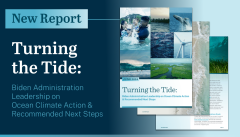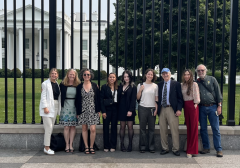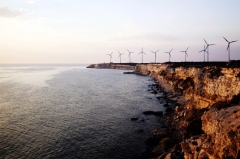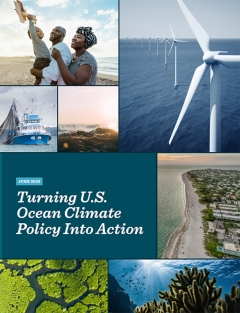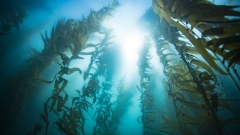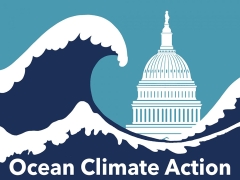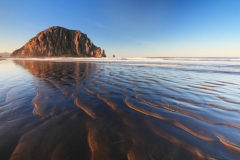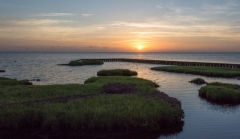Turning the Tide: Ocean Climate Action Next Steps
Ahead of World Oceans Day 2024 on June 8, the Center for the Blue Economy in partnership with more than 60 marine and environmental organizations released a report highlighting the Biden Administration’s leadership on ocean climate action and key next steps.

